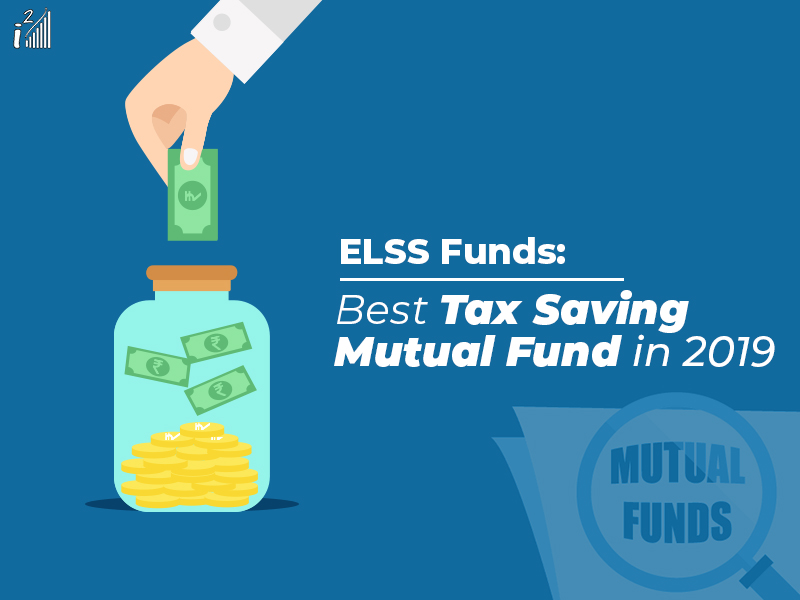
Tax planning is an important part of investor financial planning. The 80C provision of the Income Tax Act of 1961 is designed to provide tax credits to investors who invest in various savings and investment plans. The maximum tax deduction allowed is 1,50,000 rupees per year. The Equity Linked Savings Scheme (ELSS) is one of these tax saving mutual funds.
Who Should Invest in ELSS Mutual Funds?
ELSS funds are chosen by investors who want to take risks because these investments are equity linked. Because of the risk of volatility, it is recommended to invest in more than a locking period (3 years for ELSS). In the early years of professional careers, young investors can invest in a long-term perspective. ELSS is best suited for young investors because they have the time to take full advantage of the power of compounding to stand on their side and save a significant amount a year in taxes while enjoying high returns.
Benefits of ELSS Mutual Funds:
- The three year lockout period is the shortest of all Section 80C roads.
- ELSS mutual funds are likely to offer much higher returns than other tax saving mutual funds or options such as PPF or NPS.
- Earnings are taxed only 10% of profits.
- There is no maximum investment limit.
- Investors do not need in-depth knowledge of the market. Mutual funds are managed by professional fund managers after doing a technical analysis of mutual funds or investment apps that give an mutual funds analysis with unrivaled experience and strive to maximize your return on.
Disadvantages of ELSS Mutual Funds
- ELSS does not completely avoid risks like other tax saving options like EPF and PPF. Their risk profile is similar to all equity-based mutual fund schemes.
- ELSS mutual funds have a good return over investment for over five years. Only if the holding period is more than five years and has the appropriate asset allocation, the investor should enter into equity (or ELSS).
How to Evaluate the Best ELSS Mutual Funds?
Return of Funds
Investors should perform an analysis of funds to look at the fund’s recent performance for at least five years before investing in that fund. Choose a fund that outperforms benchmarks and other similar funds over the same period.
Fund History
Choose a fund house after doing an analysis of mutual funds, whether it has consistently performed for a long time between 5 and 10 years.
Cost Ratio
Expense percentages represent the amount invested in fund management. Lower cost percentages translate to higher household returns. Needless to say, investors should choose ELSS Mutual funds with a lower cost ratio.
Financial Parameters
To analyze the performance of the fund, consider various parameters such as standard deviation, Sharpe ratio, Sortino ratio, Alpha, and Beta. Funds with high standard deviations and beta are more dangerous than funds with low deviations and beta. Choose a fund that has a high sharp rate, as it provides higher returns whenever there is an additional risk. Investing in mutual funds is bothersome for amateur investors. This article will definitely helpful for you in choosing the best ELSS mutual fund or you can use the stock market apps which help in maximizing returns on investment.